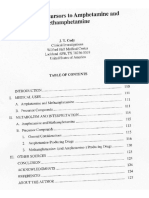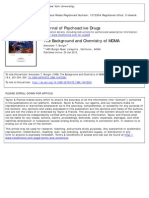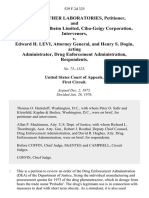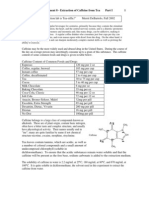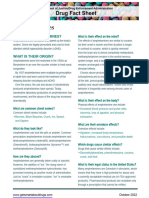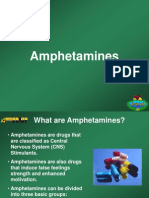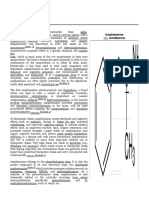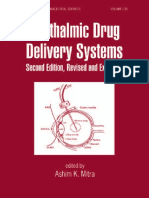0% found this document useful (0 votes)
226 views1 pageAmphetamines: DEA Fact Sheet
Amphetamines are stimulant drugs that speed up the body's systems and are legally prescribed to treat ADHD. They come in pill or powder form and are taken orally or injected. Chronic abuse can produce effects like paranoia and hallucinations. Physical effects include increased blood pressure and heart rate. Overdose can cause agitation, increased body temperature, convulsions and possibly death. While some amphetamines have medical uses, their production and abuse has increased illicitly over time.
Uploaded by
Evandro Ricardo GomesCopyright
© Attribution Non-Commercial (BY-NC)
We take content rights seriously. If you suspect this is your content, claim it here.
Available Formats
Download as PDF, TXT or read online on Scribd
0% found this document useful (0 votes)
226 views1 pageAmphetamines: DEA Fact Sheet
Amphetamines are stimulant drugs that speed up the body's systems and are legally prescribed to treat ADHD. They come in pill or powder form and are taken orally or injected. Chronic abuse can produce effects like paranoia and hallucinations. Physical effects include increased blood pressure and heart rate. Overdose can cause agitation, increased body temperature, convulsions and possibly death. While some amphetamines have medical uses, their production and abuse has increased illicitly over time.
Uploaded by
Evandro Ricardo GomesCopyright
© Attribution Non-Commercial (BY-NC)
We take content rights seriously. If you suspect this is your content, claim it here.
Available Formats
Download as PDF, TXT or read online on Scribd
/ 1


